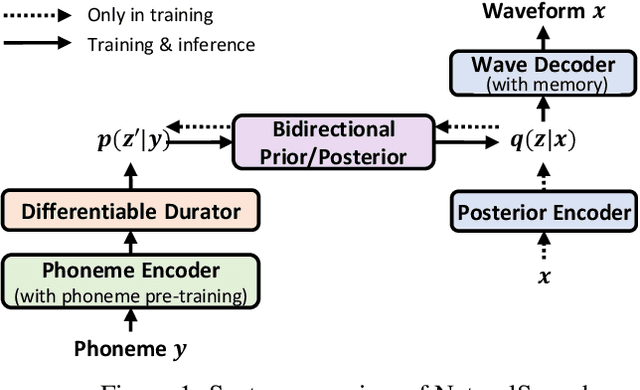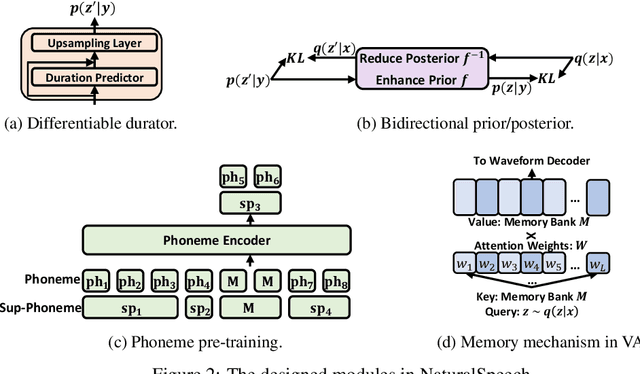Yuanhao Yi
Seed-TTS: A Family of High-Quality Versatile Speech Generation Models
Jun 04, 2024



Abstract:We introduce Seed-TTS, a family of large-scale autoregressive text-to-speech (TTS) models capable of generating speech that is virtually indistinguishable from human speech. Seed-TTS serves as a foundation model for speech generation and excels in speech in-context learning, achieving performance in speaker similarity and naturalness that matches ground truth human speech in both objective and subjective evaluations. With fine-tuning, we achieve even higher subjective scores across these metrics. Seed-TTS offers superior controllability over various speech attributes such as emotion and is capable of generating highly expressive and diverse speech for speakers in the wild. Furthermore, we propose a self-distillation method for speech factorization, as well as a reinforcement learning approach to enhance model robustness, speaker similarity, and controllability. We additionally present a non-autoregressive (NAR) variant of the Seed-TTS model, named $\text{Seed-TTS}_\text{DiT}$, which utilizes a fully diffusion-based architecture. Unlike previous NAR-based TTS systems, $\text{Seed-TTS}_\text{DiT}$ does not depend on pre-estimated phoneme durations and performs speech generation through end-to-end processing. We demonstrate that this variant achieves comparable performance to the language model-based variant and showcase its effectiveness in speech editing. We encourage readers to listen to demos at \url{https://bytedancespeech.github.io/seedtts_tech_report}.
NaturalSpeech: End-to-End Text to Speech Synthesis with Human-Level Quality
May 10, 2022



Abstract:Text to speech (TTS) has made rapid progress in both academia and industry in recent years. Some questions naturally arise that whether a TTS system can achieve human-level quality, how to define/judge that quality and how to achieve it. In this paper, we answer these questions by first defining the human-level quality based on the statistical significance of subjective measure and introducing appropriate guidelines to judge it, and then developing a TTS system called NaturalSpeech that achieves human-level quality on a benchmark dataset. Specifically, we leverage a variational autoencoder (VAE) for end-to-end text to waveform generation, with several key modules to enhance the capacity of the prior from text and reduce the complexity of the posterior from speech, including phoneme pre-training, differentiable duration modeling, bidirectional prior/posterior modeling, and a memory mechanism in VAE. Experiment evaluations on popular LJSpeech dataset show that our proposed NaturalSpeech achieves -0.01 CMOS (comparative mean opinion score) to human recordings at the sentence level, with Wilcoxon signed rank test at p-level p >> 0.05, which demonstrates no statistically significant difference from human recordings for the first time on this dataset.
 Add to Chrome
Add to Chrome Add to Firefox
Add to Firefox Add to Edge
Add to Edge